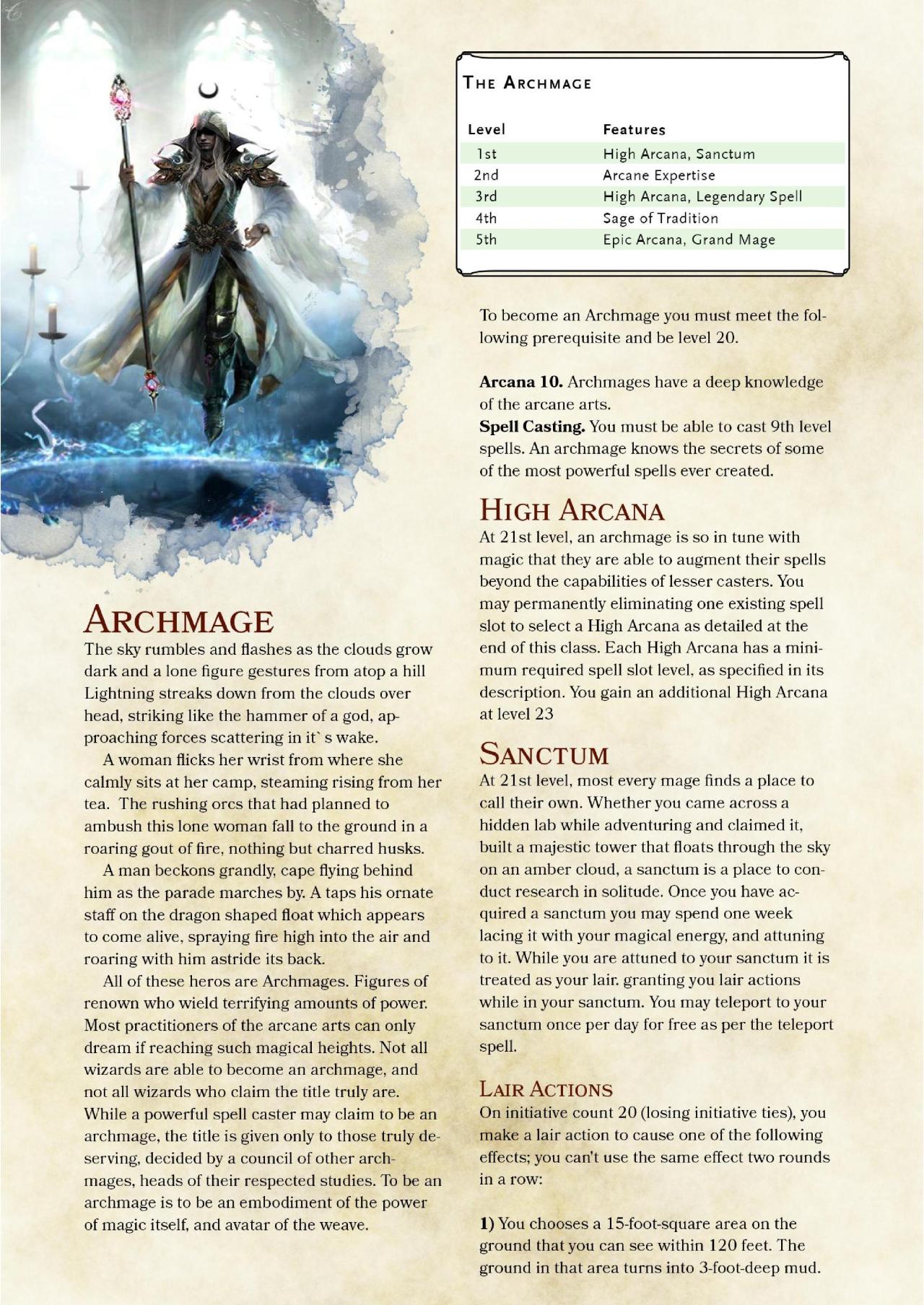
Your choice grants you features at 3rd level and again at 6th, 11th and 18th level. If you aren't wielding any weapons or a shield when you make the attack roll, the d6 becomes a d8.Īt the start of each of your turns, you can deal 1d4 bludgeoning damage to one creature grappled by you.Īt 3rd level, you choose one tank Archetype of the following: Arcane Defender, Artillery, Juggernaut and Warden. Your unarmed strikes can deal bludgeoning damage equal to 1d6 + your Strength modifier on a hit. In addition, when you hit with a ranged attack using a thrown weapon, you gain a +2 bonus to the damage roll. You can draw a weapon that has the thrown property as part of the attack you make with the weapon. When a creature you can see attacks a target other than you that is within 5 feet of you, you can use your reaction to impose disadvantage on the attack roll. You must be wielding a shield or a simple or martial weapon to use this reaction. When a creature you can see hits a target, other than you, within 5 feet of you with an attack, you can use your reaction to reduce the damage the target takes by 1d10 + your proficiency bonus (to a minimum of 0 damage). While you are wearing armor, you gain a +1 bonus to AC.

Alternatively, you can spend 1 hit dice as a bonus action to gain 1 vitality point.Īt 2nd level, you may select one of the fighting styles: When you spend a vitality point, it is lost until you complete a short or a long rest. You start with 2 vitality points, but you gain more as you gain levels in this class, as shown in the Vitality Point column on the Tank table. Your vitality features are fueled by your vitality points.

You gain benefits from your chosen vitality technique at 2nd, 5th, 9th, 13th, and 17th levels. Choose one of the following options: Vital Enhancement, Vital Empathy or Vital Emanation. This would be in response to danger, like they are falling and you grab them, or a ranged attack is coming so you knock them prone.Īt 2nd level, as a Tank, your superior power allows you to go beyond the physical limitations of a none tank. As a reaction, you can shove or grapple a willing creature with no check involved.
TANKY 5E HOMEBREW CLASSES HOW TO
The effects of your reaction are applied before the marked creature's attack is resolved.Īt 1st level, you’ve learned how to protect your allies in all situations. Whenever the marked creature makes an attack against one of your allies, or moves away from you, you can use your reaction to make an opportunity attack against it, attempt to grapple or attempt to shove that creature. When you hit a creature with a weapon attack, you mark that creature.

Tanks are generally larger members of their race, to better defend their allies. Maybe you want to show off your superior physical mass, or perhaps you are just doing your job.

You want to defend, whether you defend the weak or are a hired brute. Your goal is to protect and maintain your allies during battles or adventures. Tanks are the main line of defense in a party, like a fortress to a kingdom. He looks up to his savior, to which he meets eyes with the groups Dwarven Tank In an instant, he is pulled back quickly as the trap explodes, expelling toxic gas. Mid way through, something snaps, as shock covers his face. He delicately attempts to disarm the contraption, patiently tinkering with the device. In the depths of a murky dungeon, the halfling rogue inspects a trap. Even against the odds, he holds his shield and maul close, as he will defend his friends to the last breath. The beast lunges forward, only to be stopped by a Goliath clad in thick armor. With everyone on the back foot, all hope seems lost. As the Red dragon raises its head, stepping forward, a puff of hot smoke sparks out of its nostrils, coating the parties open wounds with ash.


 0 kommentar(er)
0 kommentar(er)
